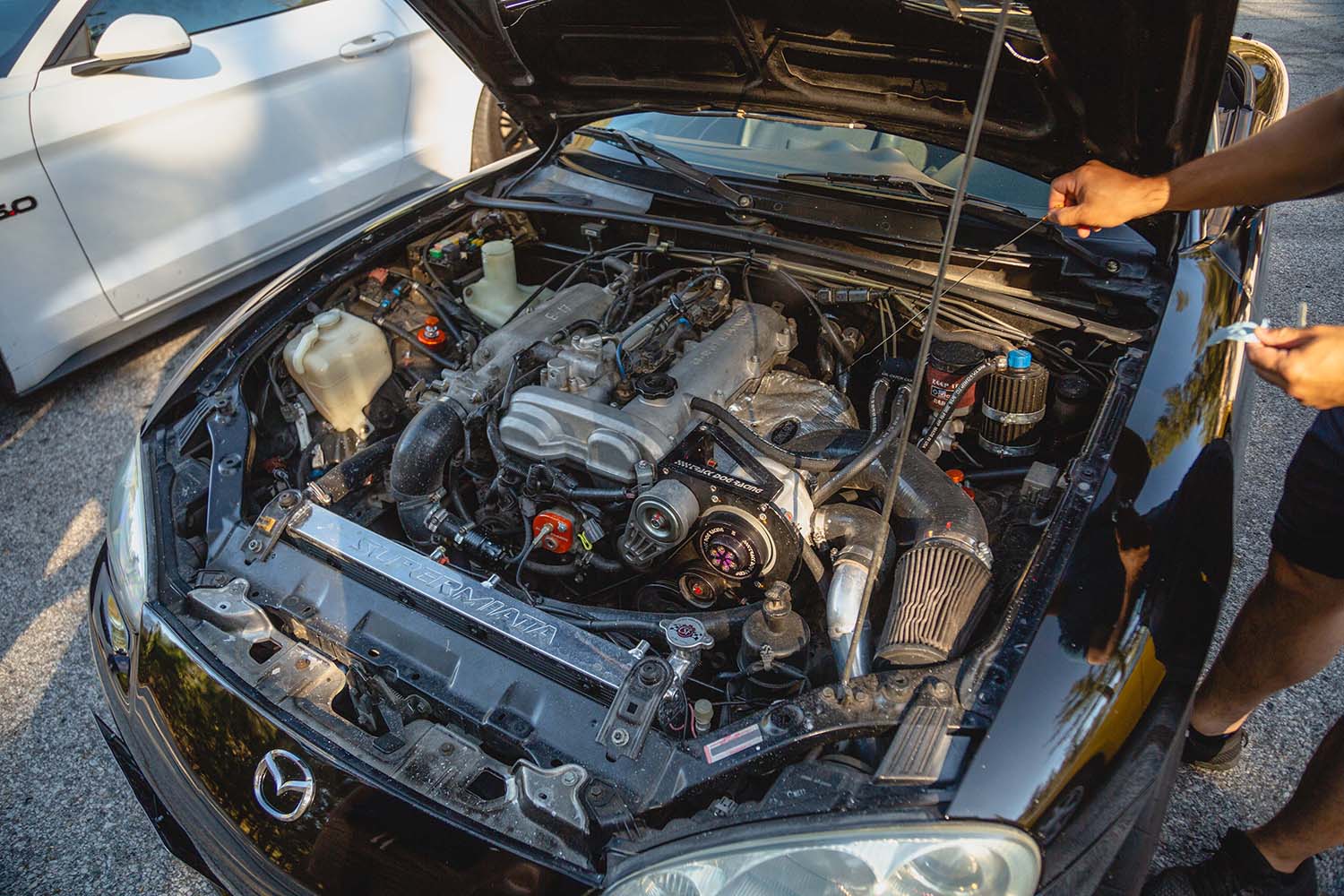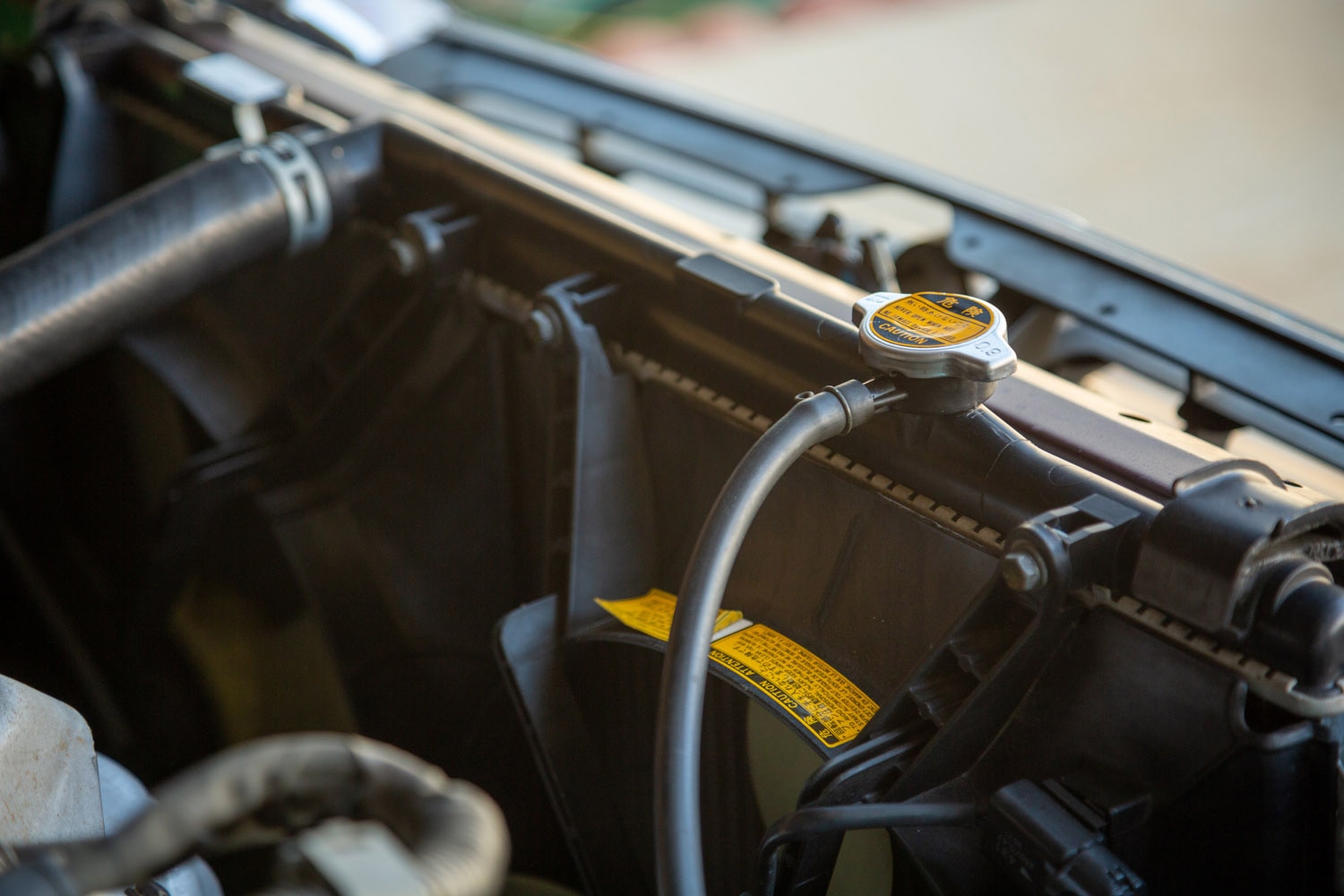How to Dispose of Automotive Fluids
Maintaining your car can mean potentially hazardous liquid waste that you must handle properly.
 Manuel Carrillo III | Capital One
Manuel Carrillo III | Capital One
One key to a dependable and long-lasting vehicle is routine maintenance following the manufacturer's recommended schedule. While some manufacturers or dealers offer complimentary maintenance for a limited time on new or used vehicles, ultimately the responsibility and the long-term expense of care falls on the owner. To defray costs, some owners choose the do-it-yourself route.
While taking on routine maintenance can be a good way for handy owners to reduce the cost of vehicle ownership, it can create another problem: how to store and dispose of waste fluids properly. Waste products such as engine oil, coolant, brake fluid, and transmission fluid can be a source of contamination and must be properly disposed of.
Engine Oil
Although most auto manufacturers now recommend longer intervals between services, oil changes remain one of the most common and frequent parts of automotive maintenance. According to motor club and insurer AAA, the standard oil-change interval for a car used to be every 3,000 miles. But with advancements in engine lubricants, most manufacturers today recommend oil changes every 5,000 to 7,500 miles. If the manufacturer recommends fully synthetic oil, an oil change may only be called for every 15,000 miles.
Fortunately, engine oil is relatively easy to dispose of properly. Many retailers that sell oil and filters, such as auto-supply stores, gas stations, and automotive repair shops, accept waste oil and used oil filters free of charge and will then recycle the used oil.
 Manuel Carrillo III
Manuel Carrillo III
Coolant
Similar to oil-change intervals, the recommended interval for flushing and replacing the engine coolant to maintain the cooling system's efficiency has increased significantly over the years. It's generally best to follow the manufacturer's recommended replacement schedule, which these days could be 100,000 miles or more with modern coolant. To properly dispose of used coolant, check state or local government sites for a household-waste disposal site near you. Depending on your location, you may find an established site with a regular schedule or a mobile solution with various locations. Automotive retailers may also accept it.
Brake Fluid
Another fluid replacement typically recommended every two to three years (following the recommended schedule for your vehicle) is a brake-fluid flush. Over time, the brake system can accumulate moisture that could cause corrosion or reduce braking performance. Once again, auto-supply stores may accept used brake fluid. Alternatively, you could check for local household-waste disposal locations.
Transmission Fluid
With modern transmissions and specialized transmission fluid, changing the automatic-transmission fluid is only recommended at very long intervals, even exceeding 100,000 miles. As with other fluids mentioned, check with local automotive retailers to see if they accept transmission fluid or find a local household-waste disposal option.
 Manuel Carrillo III
Manuel Carrillo III
Consider Going to a Self-Service Garage
Another idea that can make the job of automotive-fluid disposal easier is using a self-service garage. Many shops offer specialized tools and advice to help complete a job that may only be needed once every several years. The hourly space rental rate may include waste disposal fees, so plan accordingly.
Written by humans.
Edited by humans.
 Mike Meredith
Mike MeredithMike Meredith began his automotive journalism career in 1999 when he joined the editorial team of one of the top automotive websites at the time, and he hasn't slowed down since. He attended Trans-Am races as a child, spurring an interest in racing that lasts to this day.
Related articles
View more related articles